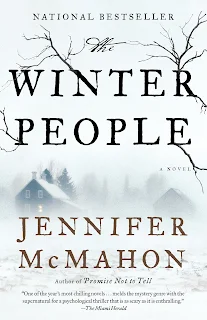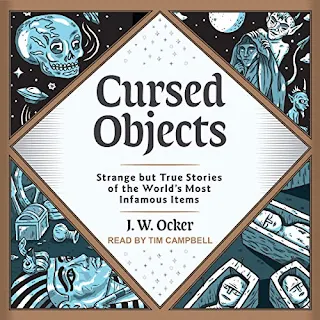Published in 2014, The Winter People by Jennifer McMahon has been on my virtual 'maybe' list for several years; okay I'll admit it, 8 years. During this time, the author has published several new novels the blurbs of which have also piqued my interest; I'm looking at you The Drowning Kind and more recently The Children on the Hill. I'm the kind of reader who sometimes prefers to try an older title before deciding if an author is worth continuing on with, so thanks to my library for making that possible.
The Winter People is a paranormal mystery set in West Hall, Vermont, replete with strange disappearances, ghost sitings, myths and legends surrounding a circle of stones called the Devil's Hand and a ring made of bone.
"They think that there's something out there, in the woods at the edge of town, something evil, something that can't be explained. There have been a lot of stories over the years, folks who've gone missing, people who say they see strange lights or hear crying sounds, tales of a pale figure roaming the woods. When I was a boy, I thought I saw something myself one time: a face peering out at me from a crack between the rocks. But I moved closer and it was gone." He made his eyes dramatically wide and gave a little chuckle. "Have I scared you yet?" Page 132The story alternates between time periods - 1908 and the present day - and different character perspectives (Ruthie, Katherine, Martin) and also includes diary entries from The Secret Diary of Sara Harrison Shea that add to the layers of suspense. Eventually the author skilfully brings all of the stories together and in doing so, solves the mystery.
The clever plotting reminded me of the likes of Ruth Ware or Laura Purcell, although I already read quite a few accomplished authors in this particular niche.
The Winter People has been classified by many readers as horror, however I found it only mildly creepy, if that. I believe it belongs more fittingly in the category of YA historical fiction and domestic noir with a touch of the paranormal and supernatural and it was a good choice for the October / Halloween reading schedule.
The Drowning Kind was published in 2021, so based on previous trends, I'll probably get to it in 2029! Have you read any books by this prolific author?








































